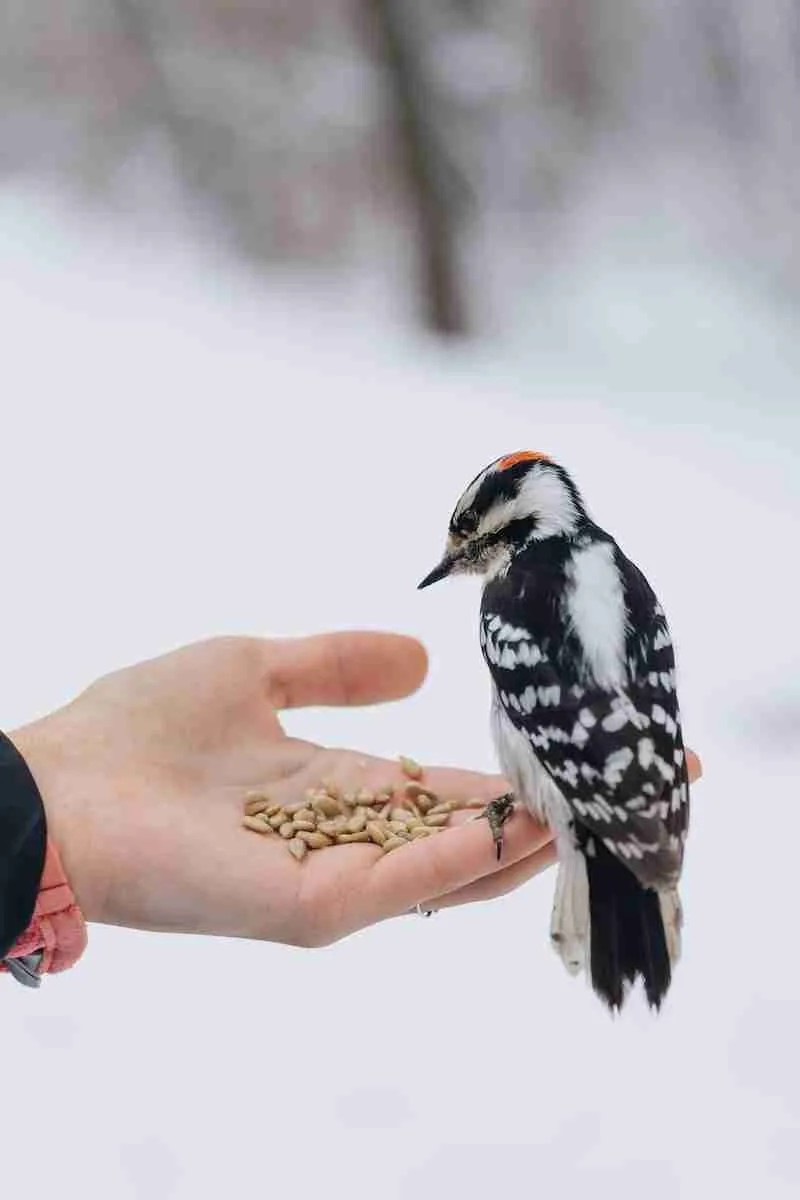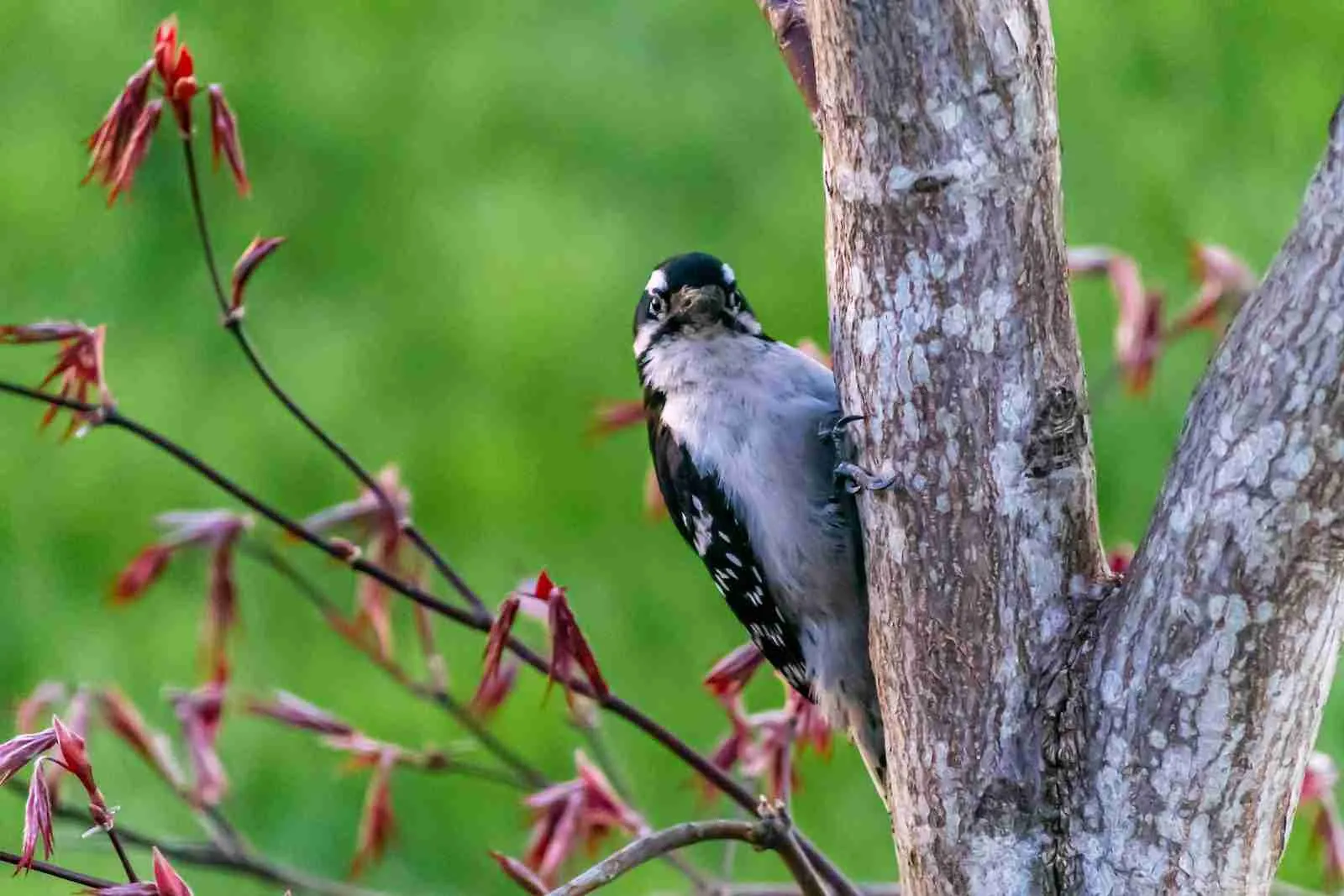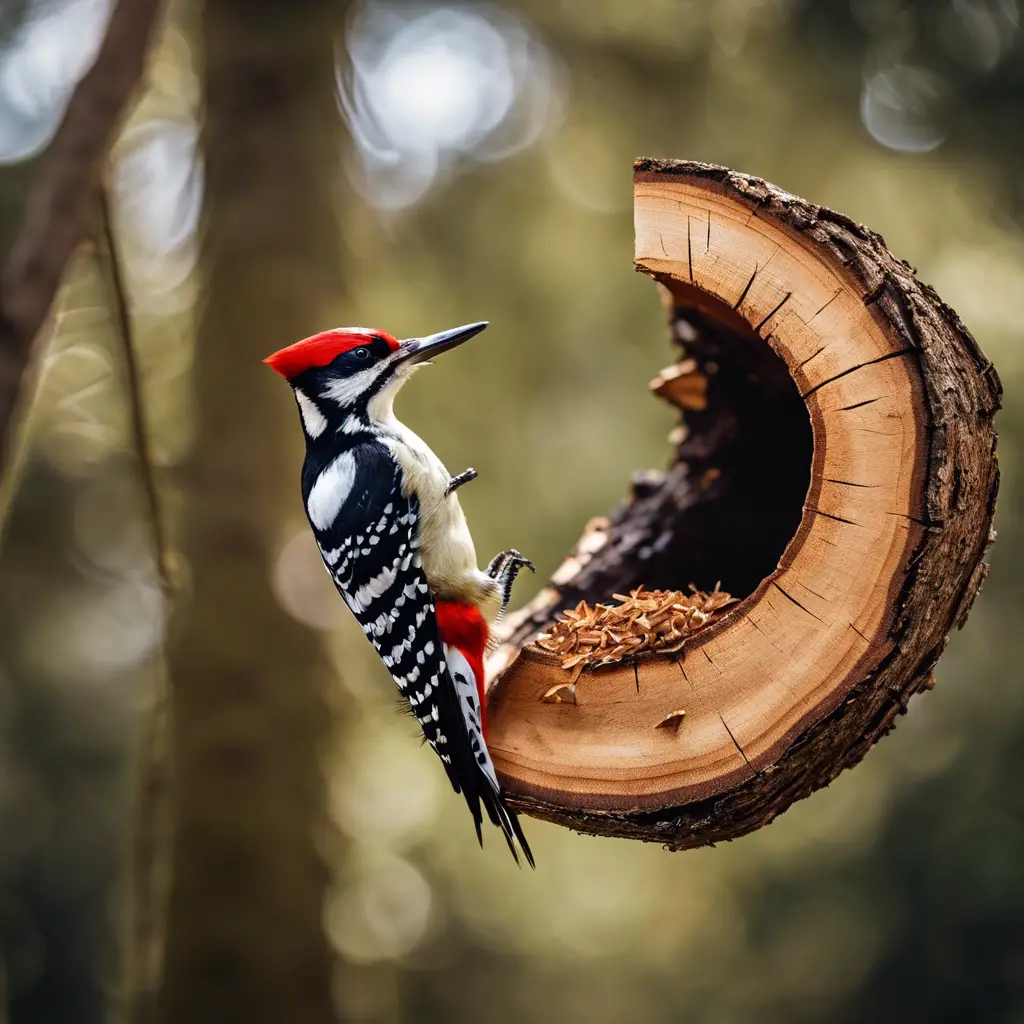In my experience as an ornithologist, I’ve spent countless hours observing the rhythmic return of woodpeckers to their ancestral haunts. Each year, like clockwork, I watch with admiration as they reclaim old nesting sites with unerring precision.
My expertise in avian behavior has deepened my appreciation for their site fidelity. I believe these woodpeckers, with their innate homing instincts, are nature’s skilled carpenters, intimately connected to their environment.
My personal bond with these creatures grows with each season, as I witness the remarkable continuity of life, etched into the bark of the trees they call home.
Key Takeaways
- Some woodpecker species migrate southward during winter, while others adapt to colder climates by changing behaviors.
- Woodpeckers exhibit territorial behavior and often return to the same roosting holes or excavate new ones nearby.
- Woodpeckers’ return symbolizes commitment, resilience, and the importance of home, reflecting their adaptability and determination.
- Woodpeckers return to areas with suitable nesting sites and abundant food sources, influenced by previous nesting success and the continuous presence of necessary features in their habitats.
Woodpecker Migration Patterns
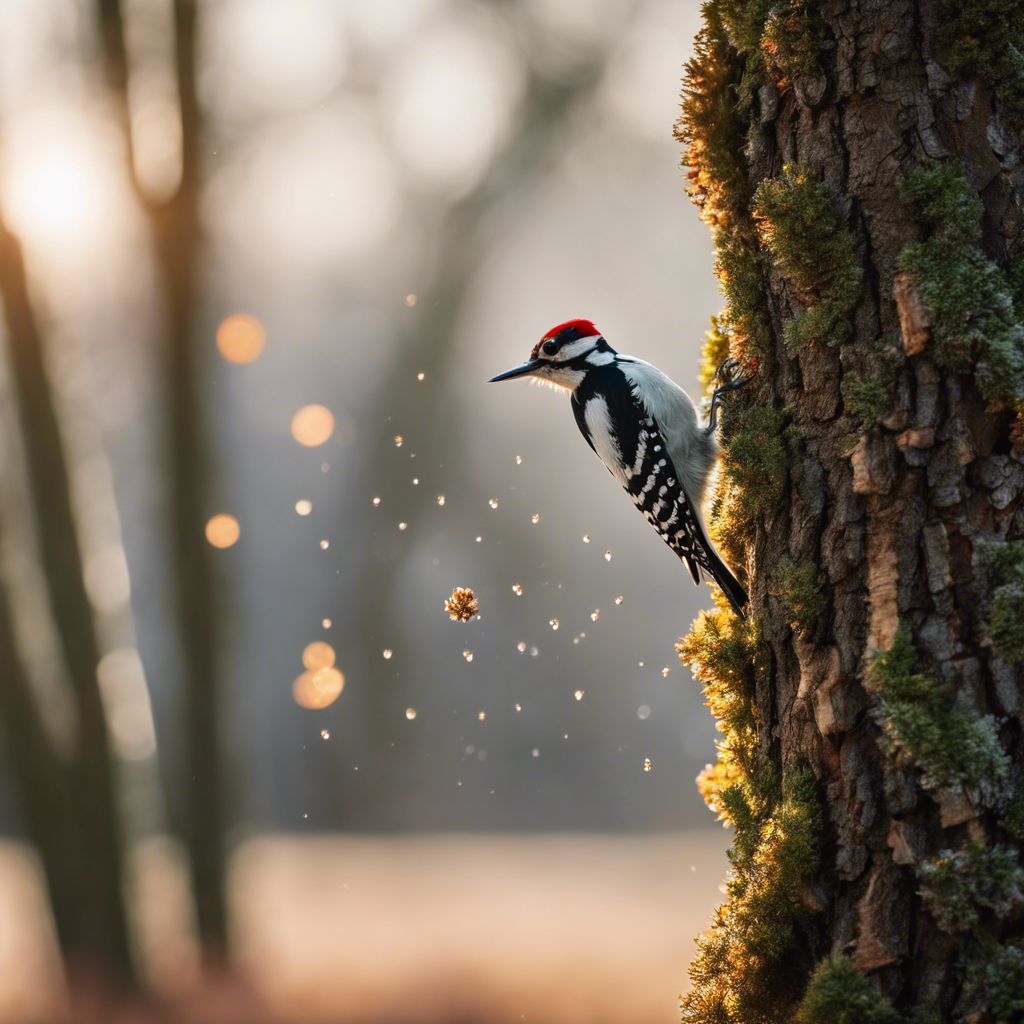
As winter approaches, some woodpecker species embark on a southward migration, while others adapt to colder climates by changing their behaviors rather than their location. According to the Cornell Lab of Ornithology, woodpecker migration patterns vary among species.
Woodpeckers like the Pileated Woodpecker don’t typically migrate, but instead, they prepare for winter by excavating roosting cavities, which offer shelter from the cold—these aren’t nests, but specialized spaces for seasonal use.
During this time, you’re less likely to hear woodpeckers, as they’re not actively nesting and hence less vocal. Males and females of woodpecker species that remain in colder regions may roost separately or together in these cavities, highlighting a flexible survival strategy against the harshness of winter.
Territorial Behavior and Homing
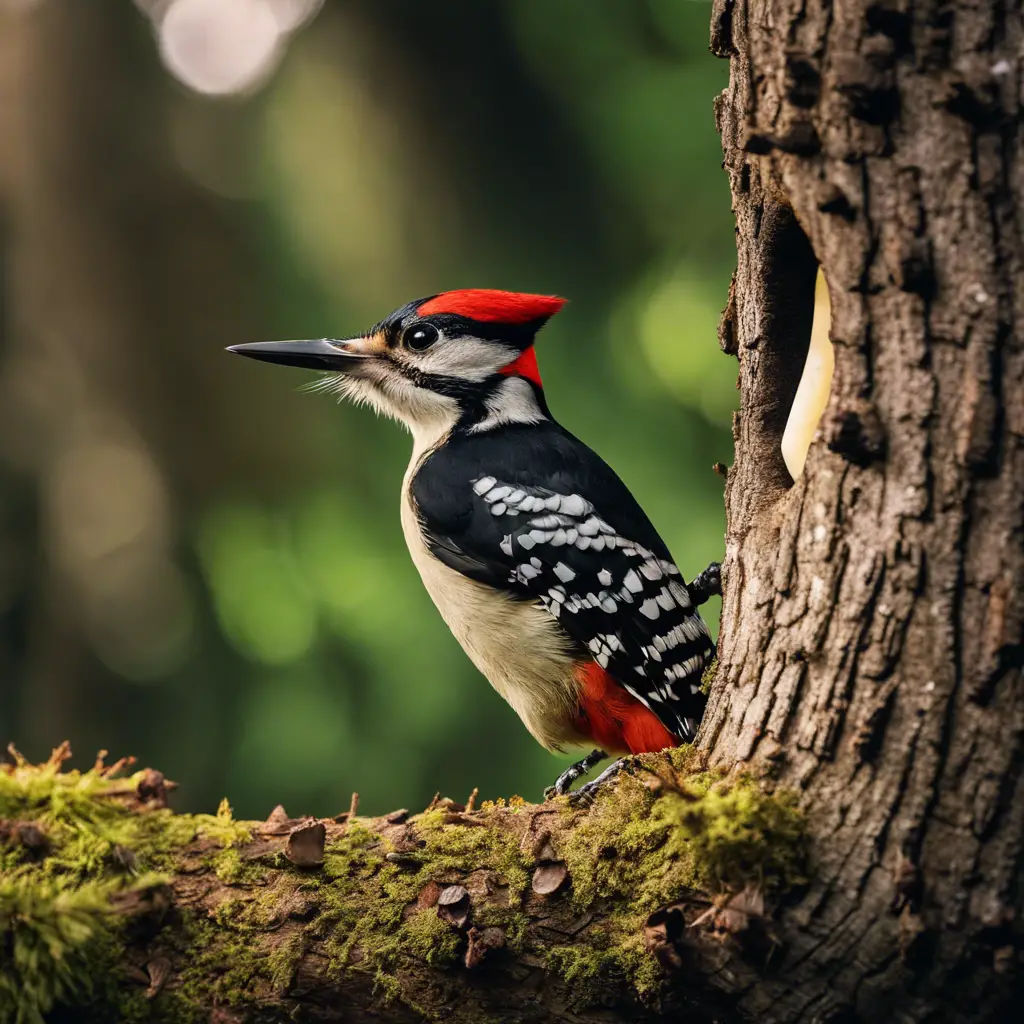
While some woodpeckers adapt to winter by changing behaviors rather than location, the return of warmer seasons sees these birds firmly reasserting their presence in familiar territories through pronounced homing instincts.
Woodpeckers often exhibit territorial behavior, fiercely defending their chosen areas. These creatures typically return to the same roosting holes or excavate new ones nearby, indicating a strong homing drive. Both downy woodpeckers and hairy woodpeckers, among others, may keep returning to the same locale for several years.
To evoke an emotional response, consider these facts:
- Woodpeckers’ steadfast return can symbolize enduring commitment and resilience.
- Their homing instincts highlight the importance of home and security.
- The act to excavate new yet familiar territories reflects adaptability and determination.
- Their multi-year return to familiar sites underscores a deep-rooted connection to their environment.
Factors Influencing Return Habits

Understanding the factors that influence woodpeckers’ return habits is crucial for comprehending their patterns of territorial fidelity and nesting behavior. Woodpeckers may consistently revisit areas with an abundance of suitable nesting sites, such as dead trees that provide an ideal substrate for creating nest holes and cavities. The establishment and defense of territory, particularly during breeding seasons, compel woodpeckers to return to familiar locations. These areas often boast ample food sources, including insects and larvae, which are pivotal for their sustenance.
Previous nesting success significantly influences woodpeckers’ decisions to reuse a site. Habitats that continuously offer the necessary features for survival, like specific tree species for roosting and utility poles, enhance the likelihood of these black and white avians returning year after year.
Impact of Environment on Nesting
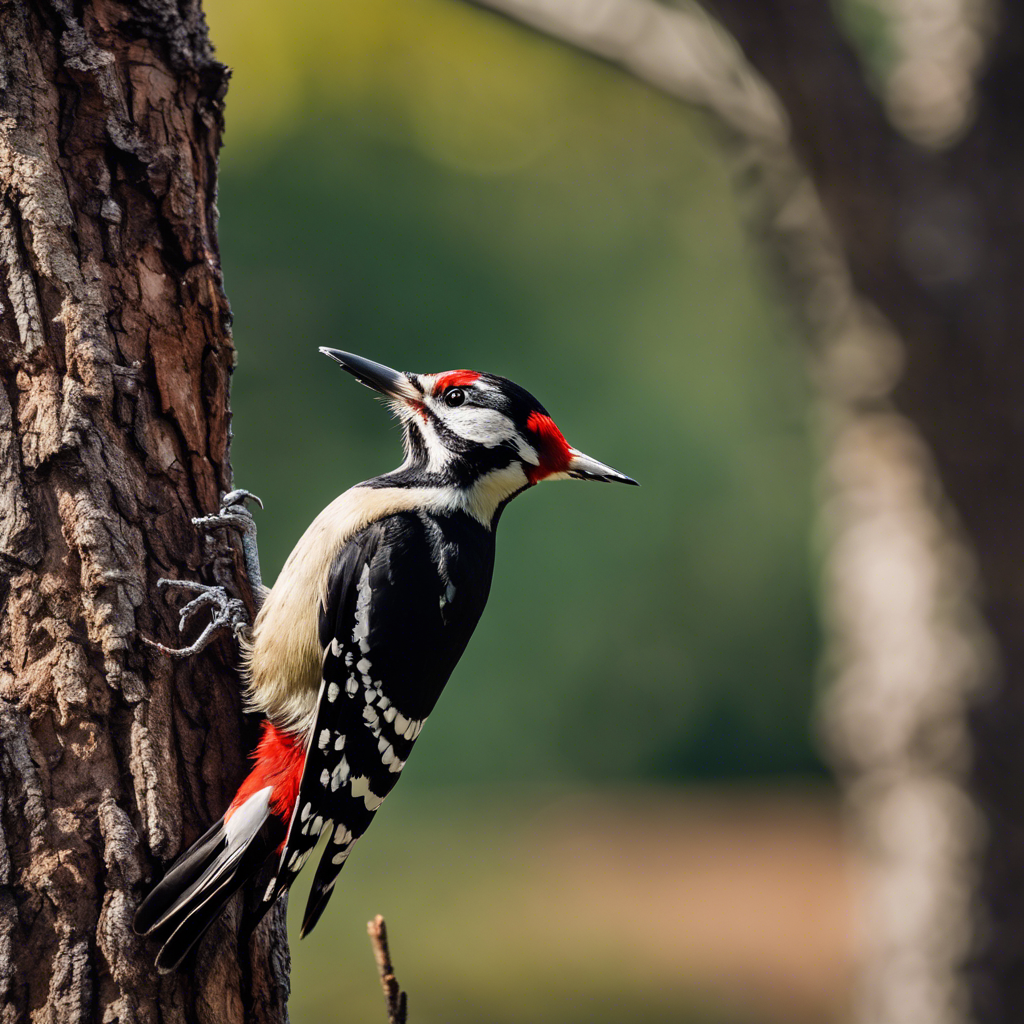
Recognizing the importance of nesting site fidelity, it’s crucial to explore how environmental factors shape woodpeckers’ nesting choices and behaviors. A study found that various methods can impact woodpeckers’ decisions to return:
- Visual deterrents like plastic owls may evoke fear, deterring woodpeckers away from nesting sites.
- Applying wood putty to holes can discourage return by eliminating access to previous nesting cavities.
- The use of aluminum foil or lighter-colored sidings affects the appeal of structures, potentially reducing nesting site attractiveness.
- Playing woodpecker distress calls can create a sense of danger, making an area much larger than the immediate vicinity seem inhospitable.
These strategies underscore the significant impact of environment on nesting, guiding how humans might manage woodpecker populations non-lethally.
Frequently Asked Questions
Do Woodpeckers Stay in the Same Area?
You’ll find that woodpeckers often remain in the same area, particularly if they’ve established a reliable source of food, a nesting site, or a territory they’re accustomed to defending.
Why Do Woodpeckers Come Back to Same Spot?
You’re seeing woodpeckers return to the same spot annually because they’re reusing roosting holes, defending territories, and searching for food in familiar locations, driven by ingrained nesting and foraging behaviors.
How Do I Permanently Get Rid of Woodpeckers?
To permanently deter woodpeckers, you’ll need to employ a combination of visual and sound deterrents, promptly repair damages, and possibly consult with professionals, ensuring you adhere to legal protections for these birds.
Do Woodpeckers Come Back to the Same Nest Every Year?
Yes, you’ll often find woodpeckers returning to the same nest annually, as they prefer familiar sites for nesting and roosting, which offer security and proven success for raising their young.
Conclusion
In conclusion, woodpeckers often return to familiar locales annually, driven by instinctive patterns of migration and territoriality.
Influenced by environmental stability and food availability, these birds’ return habits reflect a complex interplay between nature and nurture.
Understanding the precise impact of these factors is crucial for conserving their habitats, ensuring that woodpeckers can continue to thrive and revisit their chosen territories for years to come.

An avid ornithologist, zoologist and biologist with an unwavering passion for birds and wild animals.
Dr. Wilson’s journey in ornithology began in childhood and led him to obtain a Ph.D. in Ornithology from the prestigious Avian Research Institute. He has worked closely with renowned experts in the field and conducted extensive research and field studies globally.


